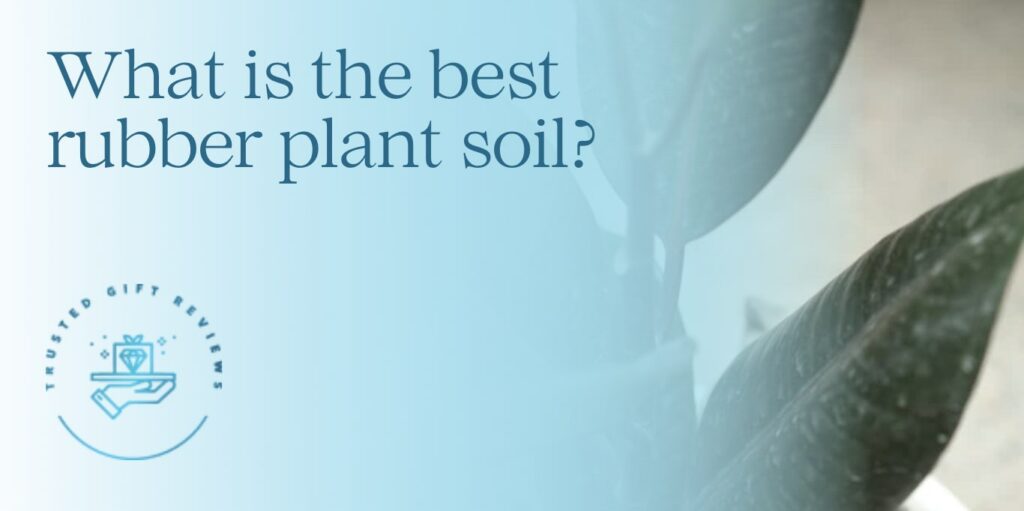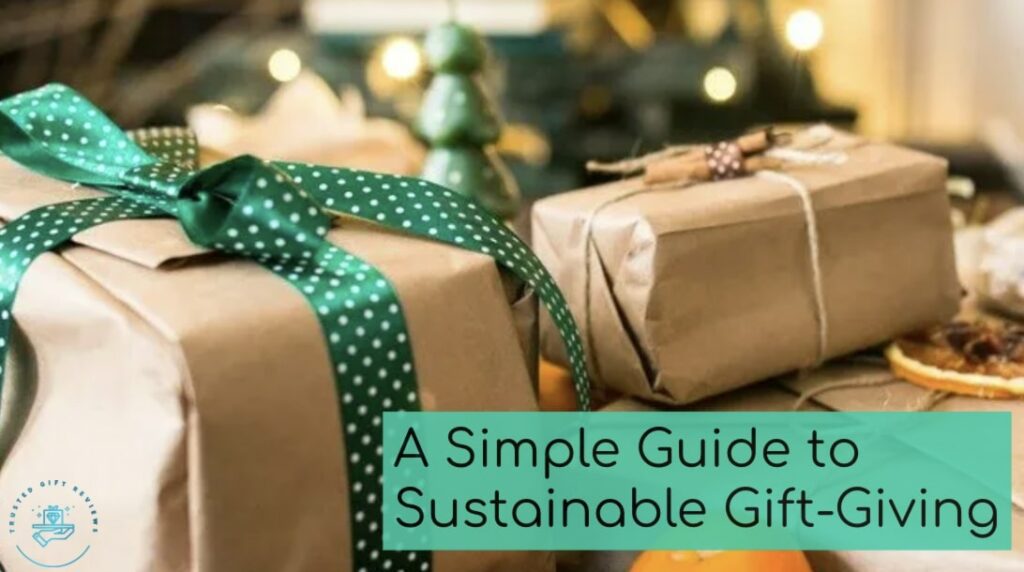1 part coarse sand/perlite/pumice + 1 part pine bark + and 1 part peat
The best soil for rubber plants has fair drainage and aeration, as they don’t like staying wet. A good soil-less recipe with these features can be 1 part coarse sand, 1 part pine bark, and 1 part peat.
But you can also use cactus soil as well as add or substitute perlite or pumice for horticultural sand if you happen to lack at least one of these ingredients.
Keep reading this guide to know the best rubber plant soil recipes, the factors to consider when choosing rubber plant soil, and other rubber plant care tips.
What to Consider When Choosing the Best Rubber Plant Soil


Below are the things you have to consider when buying and/or making the best rubber plant soil:
Drainage
Similar to most plants, a rubber plant thrives in soil with good to excellent drainage. This can be achieved by using the right kind of soil and potting vessel.
A well-draining soil prevents the soil from being sodden or overwatered, which will, in turn, lead to the plant weakening and suffering from fungal disease or root damage.
With it, the tropical plant will dry normally in between waterings ready for you to water it again.
Furthermore, as for the pot container, you can use a plastic or terracotta one with drainage holes to allow more excess water to flow out of it.
In summary, with the correct pot vessel and soil, moisture will be able to escape through the porous pot and loose soil structure, enabling the plant to be healthy and at its best.
Moisture Retention
The soil must not only have terrific drainage, but it must also be able to retain or hold some moisture.
The plant needs moisture to hydrate itself and carry out the process of photosynthesis and make food to survive.
When you water the rubber plant, the water flows down into the soil and toward the roots, from which the tiny tubes called xylems take them up like a straw to refresh all of the plant’s leaves.
The rest of the water drains out at the bottom through the pot’s holes.
Therefore, if you’re making soil for the rubber plant, you have to pick one that’s moisture retentive—one that absorbs some moisture yet doesn’t dry out that quickly.
Aeration
Soil aeration is another essential factor of the ideal rubber plant soil. The soil should be loose just enough to get the right airflow.
It’s important to have aeration since plants need air to breathe, as much as human beings do, in order to function normally and make food.
Nutrient Count
Although rubber plants aren’t picky when it comes to the soil, we advise using high-quality potting soil for them.
This type of soil is packed with nutrients that allow the plant to develop strong and lovely stems, roots, leaves, and sometimes, even flowers and fruits.
Furthermore, it will give the plant excellent resistance to harmful diseases and pests, so they will stay longer in your garden or house.
To make the potting mix more nutritious for the rubber plant, you can amend it with organic matter or aged manure.
By the way, for boosting the nutrients, apply a liquid or granular fertilizer that’s high in nitrogen to encourage large and glossy leaves.
pH Value
The pH value also plays a vital role in the right type of rubber plant soil, as this dictates how much nutrients the plant will get from the soil.
The soil of the rubber plant has to be lightly acidic to neutral, which corresponds to 5.5 to 7 on the pH scale.
In case you need to adjust the soil’s pH value, this is what you do. To lower the pH, apply sulfur or aluminum sulfate to it; to raise the pH, use powder or pelleted limestone.
What are the risks of using the wrong soil?


Using the wrong soil will cut off the oxygen, water, and nutrient supply that the rubber plant requires.
Usually, the telltale signs you have the wrong soil for your plant are
- wilting,
- falling, yellowing, or curling leaves,
- and slow or no growth.
These things should be easy to notice. Unless quickly remedied by changing the current soil and pot, your rubber tree will suffer and die.
What happens if I’ve overwatered my rubber plant?


Overwatering will cause the rubber tree’s leaves to swell and yellow. Very soon, they can wilt or fall to the ground as well.
Under the ground, the roots may be struggling to keep up with the increased water supply. As a consequence, the root hairs altogether stop absorbing incoming oxygen and nutrients.
What happens then is the root hairs die leading to damaged brown and mushy roots.
Luckily, all is not lost if you have overwatered the plant one or two times. In this event, you just have to stop watering and allow the soil to dry out enough to recover from the trauma.
However, if you haven’t been aware that the plant has been drowning for a while, it would be necessary to uproot the whole plant and transfer it to suitable soil and pot or to a different area of your garden.
What pot or planter should I use for the rubber plant?


Rubber plant can be grown in any pot or planter so long as it is 1/3 larger than the root ball.
However, we recommend using either decorative plastic or terracotta pot, as the first is good at holding moisture and the second is capable of wicking away moisture. Use the one which you think can benefit your plant more.
Recipes for the Best Rubber Plant Soil


Here are the recipes for creating a DIY rubber plant soil:
Recipe #1 – Peat-Based Potting Mix
- 1 part coarse sand or perlite or pumice
- 1 part pine bark
- 1 part peat
A peat-based potting medium that can be made using the above ingredients is great since it provides the plant with solid drainage, airflow, and moisture retention.
Pine bark adds porous holes in the soil through which air and nutrients can enter. And because perlite doesn’t retain too much water, it can help prevent you from accidentally overwatering the plant too.
Recipe #2 – Cactus Soil Potting Mix
- 1 part cactus soil
- 1 part compost
- 1 part coco fiber or peat moss
Cactus and succulent soil is a quick-drying and well-draining medium. It’s similar to the desert soil that cacti grow in.
This is good for rubber plants if mixed with compost and other additions.
Compost improves the soil structure, adds nutrients that the plant receives, and retains water and moisture for freshening the plant.
And coco coir or fibers have water retaining and aerating properties. Whereas, peat moss helps to manage the pH of the soil to be slightly acidic to neutral.
Recipe #3 – Pre-Mixed Soil Mix
- 2 parts of Miracle-Gro Indoor Soil Mix
- 1 part of pumice, perlite, or coarse sand
If you don’t want to collect or make your own rubber plant potting mix, you can just get a commercial one, though you’d still have to add to it.
One good product is the Miracle-Gro Indoor Potting Mix, which can be bought from flower shops, nurseries, or garden centers.
This potting mix has to be combined with pumice, perlite, or coarse sand for best results.
To give a short explanation, pumice benefits the plant’s growth in terms of nutrient and moisture storage. Perlite enhances soil aeration and drainage, and sand keeps the soil light and well-draining.
Bear in mind the ratio of the base potting mix to the ingredient for this pre-mixed recipe is 2 parts to 1.
How do I mix the soil ingredients?


There’s truly nothing fancy to mixing the soil ingredients for your precious rubber plant.
All you have to do is put the ingredients together in a plastic container or bucket, depending on how much you need, and just mix them using a spoon, hand trowel, or even your hands.
If you have leftovers, you can just place a lid on top of the case and store them in a dry area such as your garage, basement, or garden shed.
When should I repot a rubber plant?


Repotting a rubber plant should only be done when it has outgrown its present pot vessel.
That’s since, unlike other houseplants, they grow very slowly and take about two to three years to be bigger than their home.
So, if you see the plant thriving and doing good in the pot, leave it alone. But if you notice that the roots are becoming dense and tangled, then you have to transfer the plant soon.
Also, keep in mind that you should repot the plant during its growing season in spring. This makes it easier for the roots to grow and establish themselves in the new potting soil as opposed to when the plant is dormant in the winter.
And, indeed, doing this is advisable if you would like to gift someone this plant. This way, they won’t have to do any repotting work at all when it gets big!




